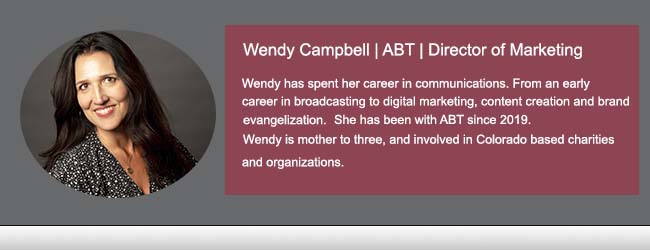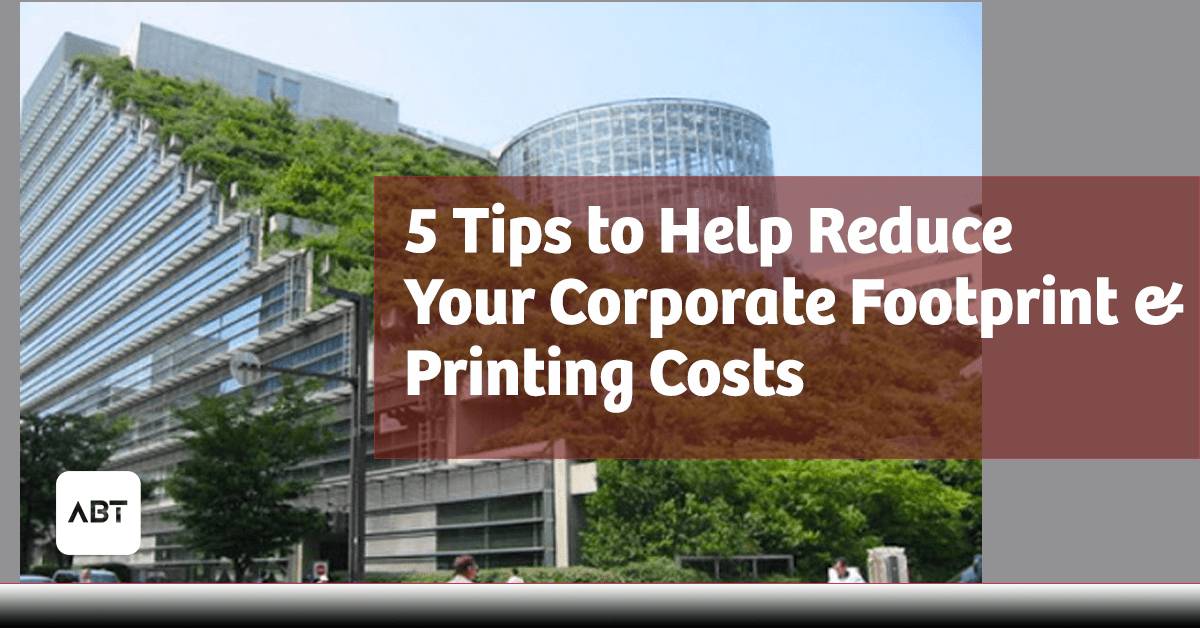Sustainability has been a global buzzword for what seems like the last 30 or 40 years, although we wouldn’t want to dismiss nature loving conservation and historical conservation prior.
Sustainability gained momentum 1960s and 1970s with the hippy movement, took a solid break in the 1980s, moved to Reduce, Reuse, Recycle, in 1980s and 1990s (Remember your Ozone layer, kids) and eventually made it into the global corporate space right around the beginning of 2000s to today.
The movement has grown and evolved and hit hyperdrive over the last 5 years. You may be wondering what this means to you and your business.
What is sustainability in business?
Because “sustainability” is a social movement, it can mean a few things and honestly the meaning changes often. For the purpose of this blog, we’re going to take all comments, perspectives and directions with a grain of salt as they are my own, as I see sustainability evolving in the corporate space.
It is a hot opinion topic, so if your opinions don’t align, great, I’m open to ideas let’s explore those in the comments. I believe it’s more a conversation, and less a directive. That said, let’s dive in.
5 Tips to Help Reduce Your Corporate Footprint and Printing Costs
Developing Your Business Sustainability Objectives
Over the last 10-15 years businesses have been responding to global conversations by adopting Business Sustainability Initiatives. In most cases, a team is organized internally to evaluate business processes, workflows, energy, and material consumption, and directed to make internal changes to hit a particular footprint goal.
Measuring a business’s consumption footprint can be challenging. Challenging enough that schools like MIT, Harvard, UCLA, and others across the country are now offering Business Sustainability Degrees to guide tomorrow’s Sustainability Consultants.
Recommendations are driven to reduce waste and carbon footprints by restricting use of materials, reuse of items, reductions in printing and more. However, sustainability doesn’t just have to be about restriction. In the best cases, changes in business process and workflows can adequately reduce waste to meet corporate goals.
Goals can be different depending on the industry you are in. For example, in food distribution like Yum Brands and Nestle reducing waste can be done through the use of more sustainable or biodegradable packaging materials, reductions or changes in food assembly and packaging. In transportation, sustainability can be managed through shifts in fuel sources, changes in routes, even timing of travel.
How can business be more sustainable?
“But we’re just a small business with a few employees, will we really make an impact?”
We hear that quite a bit, and the truth is that while it may seem like a nominal contribution it’s the contribution that matters. If every business steps in to make adjustments, the impact of their overall efforts is felt.
So, Let’s Dive into Your Office’s Efforts
If we start speaking more specifically about the office, the call center, or even the church there a quite a few ways to make the jump from wasteful to sustainable.
- Improving workflow processes to include your document management technology.
Improving your document management processes and technology is a great way to help your business instantly become more sustainable. Further that, document management is a great way to reduce your internal costs.
How?
Enterprise Content Management systems can take your paper documents and quickly store, file, retrieve, and search them digitally. Instead of your team wasting hours trying to find a singular document from last year, recall can instantly deliver them. The storage capabilities are endless too, so reducing the cost of traveling to and maintaining a storage space are all but eliminated.
There are options to consider when finding the best ECM for your situation, which is why we recommend speaking with a Solutions Specialist during your discovery process.
Additionally, most device manufacturers (Canon, Epson, HP, Kyocera, Xerox, etc.) have some kind of program for toner and ink cartridge recycling. The easiest way to manage that is to simply partner on a Managed Print Services contract, the company you choose generally manages toner cartridge recycling for you.
- Offset your print impact by incorporating a reforestation app connected to your networked devices.
Technology is a beautiful thing. Sigh.
Did you know that you can now print all the documents you and your team like, and instantly offset those prints through a global reforestation project?
You and your team can even choose where you’d like those trees to be planted. The simple dynamics include keeping your printers, copiers, and MFPs on a network and the reverse calculations are done for you. Each print job is captured, and you pay around .00005 per page to give back. Your team can choose forestry projects on nearly every continent. Best of all, each month you’ll be sent a certificate of sustainability showing the total value of printing to planting to share with your team and customers. Zero effort. Totally worth it.
- Reduce Energy Use – automated lighting and devices.
You may have caught on; I like contributing best when it’s streamlined with automated processes.
To that design, one of my personal pet peeves relates to illuminated rooms with zero occupants. Have you considered the fact that your business Access Control can also be integrated into your lighting system to automatically shut off the lights?
No more rushing back to the office to double check. The bonus plan on this feature is that your office security, employee management, and internal systems (like lighting) can all be monitored from your smart device on a dashboard. Quick and easy, the future is here.
- Consider sustainable partners and suppliers.
If you’ve really been bitten by the sustainability bug, it might be time to review the partners and suppliers that support your company. Like you, there are some that have a high focus on sustainable products, and some that don’t. Are they recycling their waste, or are they taking all of your efforts and throwing them into the proverbial Great Garbage Patch?
The truth is that for all the individual conservation that happens, the big changes need to be made at the corporate level. It doesn’t matter how many plastic bags they charge you for if everything you’ve purchased is sold in a single use container.
- Engage your team and change your company culture.
Gamify the whole process, include your team, talk it up and have fun with it! If your initiative is to help the environment, then working towards employee buy-in is the way to be successful. If you offer goal celebrations (example, 100 trees planted = a cake party!). Don’t forget that company filtered water cooler saves you the cost of trashing and purchasing plastic water bottles. Some will even run a counter of the water bottles saved by using reusable bottles.
Why is sustainability important in business?
Let’s recap. Sustainability in business can be important for a few reasons.
Here are three that we’ve identified.
- Participation in global initiatives
- Company Culture
- Value to customers and the local community
Do businesses have to recycle?
The short answer is no, you don’t. However, there’s plenty of cost reduction and time management gains made for your team in the suggestions above. If you would like to explore the possibilities of incorporating any or all of them, reach out today for a Risk Free Environment Assessment!

